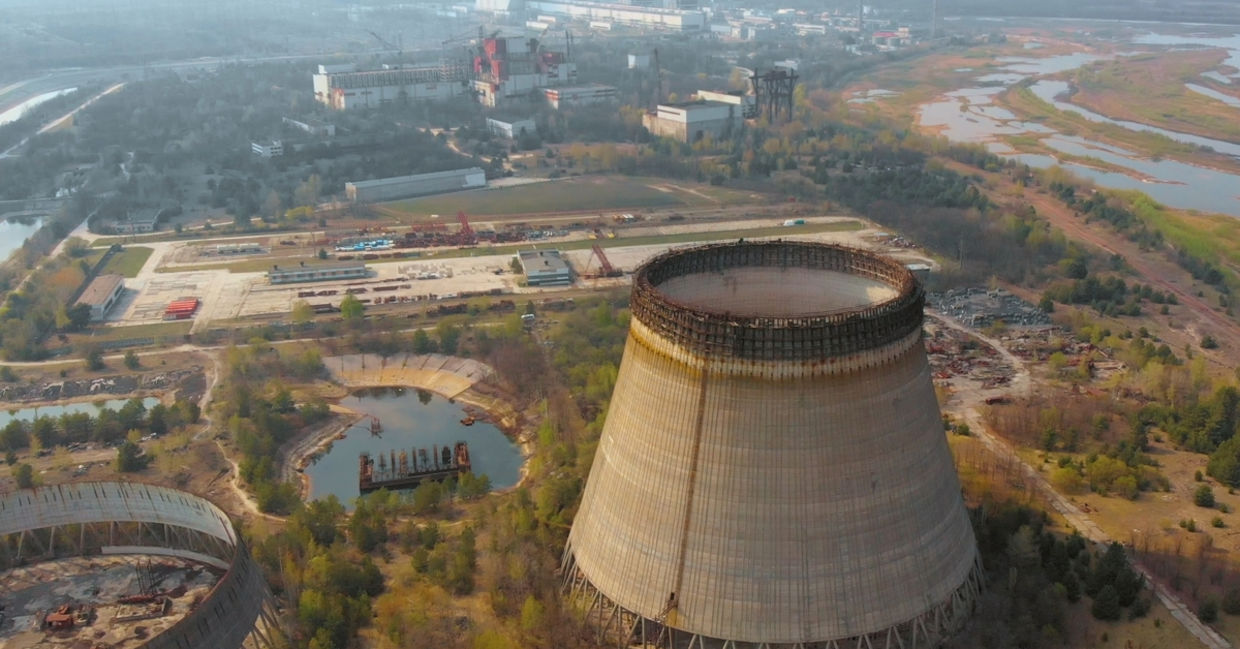
(DimaSid / Shutterstock.com)
It's hard to imagine a more unlikely place for animals to thrive, but Chernobyl and the areas around it have become an unofficial wildlife sanctuary.
"The accident at Chernobyl nuclear power plant resulted in complete abandonment of a large territory in Belarus as well as land on the Ukrainian side, creating the largest ever experiment as to what nature does when people leave," APB-Birdlife Belarus wrote.
Before the accident, there were 120,000 people living there. The Ukrainian section of the zone is popular for tourists viewing the reactor ruins and ghost towns. Over 50,000 have already visited.
"I’d visited one of the reserve’s abandoned settlements, Droniki. When the village’s 232 inhabitants were evacuated, they didn’t have long to pack, and the floors of the wooden houses are still scattered with shoes, cigarette boxes and children’s jotters dated April 1986," said Guardian writer Tom Allan
Since the evacuation of the 350,000 people living there in 1986, animals have managed to find refuge and increase in numbers.
Nature is flourishing and wildlife is so abundant so much that Belarus is offering wildlife eco- tours in what is called the Palieski State Radioecological Reserve.
"From the top we can see the hulking metal sarcophagus covering the blown reactor at Chernobyl, and get a panoramic view over the villages of the exclusion zone, which are now all but swallowed by vegetation," said Allan
Rare przewalski horses, European brown bears and European lynx had disappeared from the region prior to the accident have now returned. Gray wolves and red foxes are roaming free in greater numbers than previously.
Catfish are living in the cooling pools of the nuclear power plant. and, birds are everywhere. In fact, 231 of the countries 334 bird species have been spotted in the zone.
Nature has overcome, recovered, and thrived in the worst of situations. If Chernobyl teems with abundant life than there is hope for our planet to recover and thrive too.
YOU MIGHT ALSO LIKE:
Last Performing Circus Elephant in Chile is Moved to a Sanctuary
How Former Poachers are Working to Save Russia's Snow Leopards
The Mexican Wolf is no Longer Extinct Thanks to a Former Hunter







